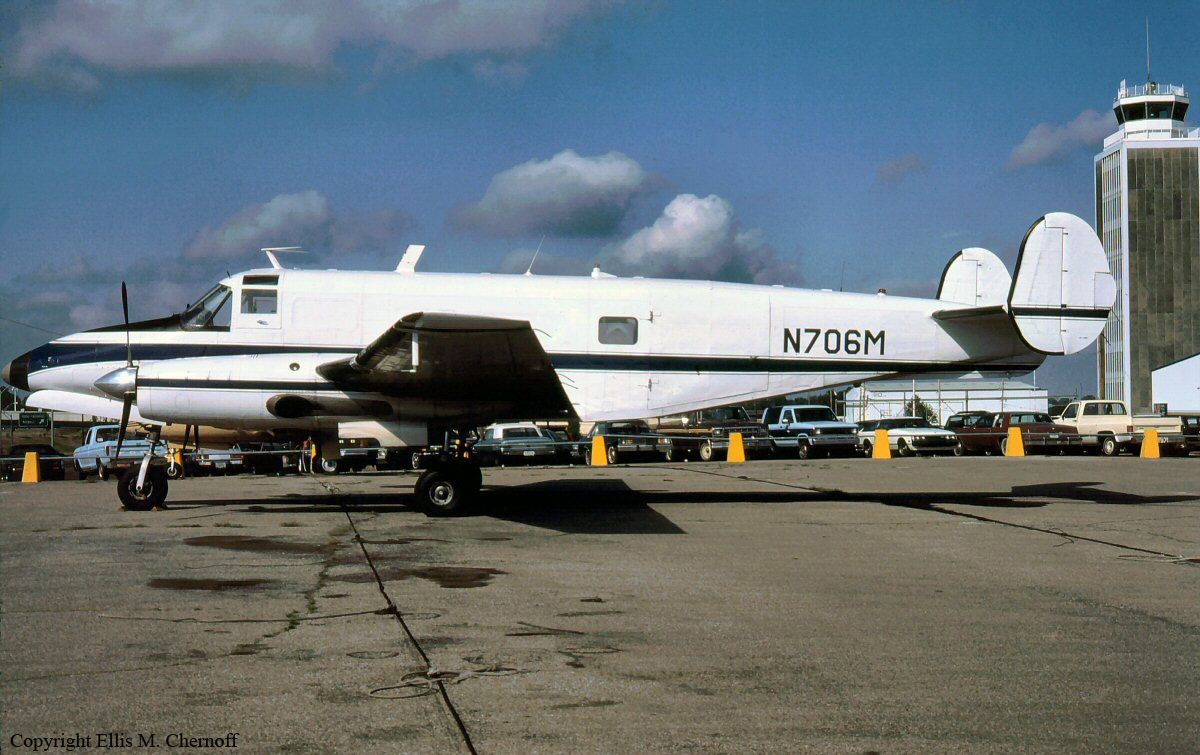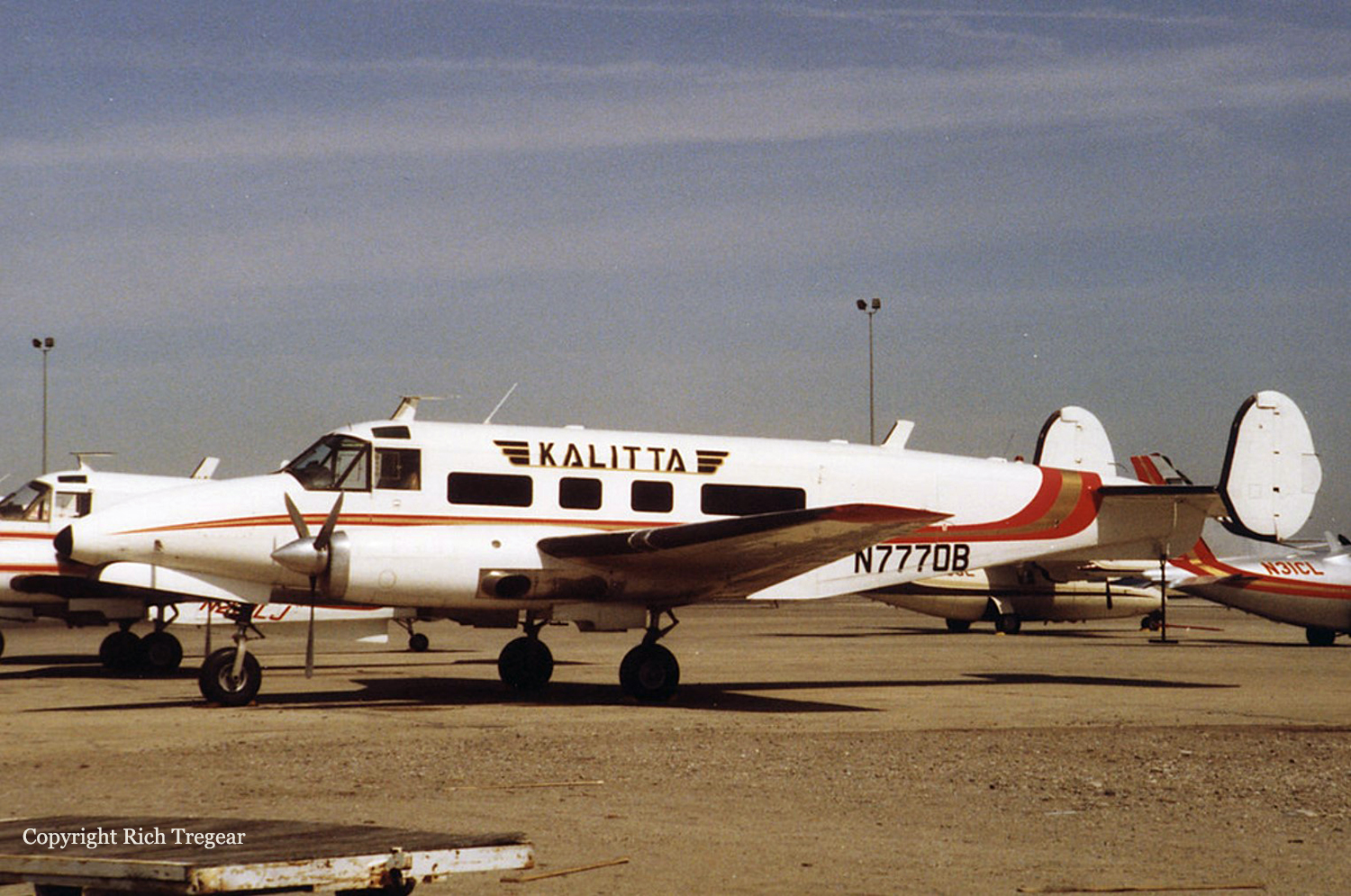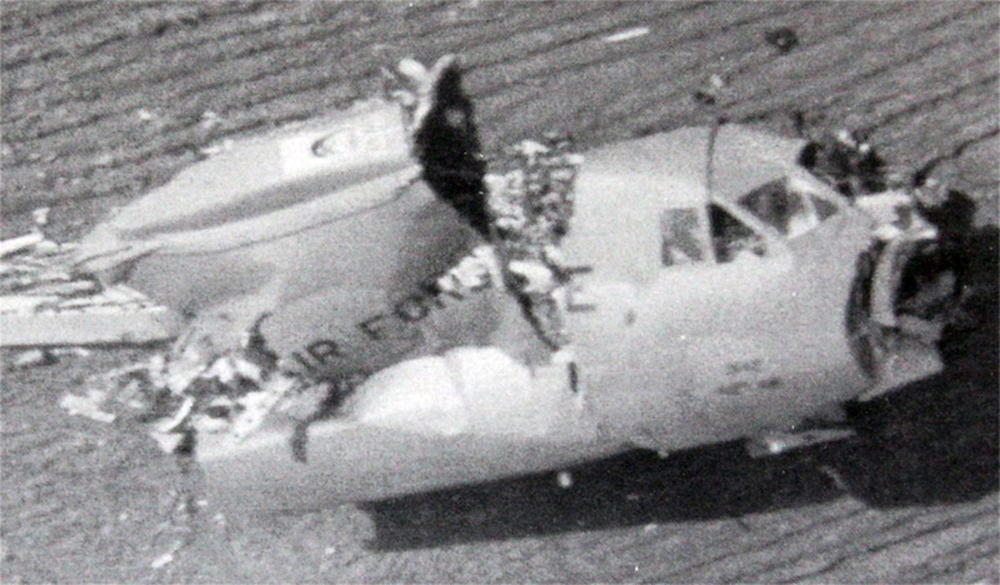Crash of a Cessna 550 Citation II in Billings: 8 killed
Date & Time:
Dec 18, 1992 at 1645 LT
Registration:
N6887Y
Survivors:
No
Schedule:
Watertown - Billings
MSN:
550-0293
YOM:
1981
Crew on board:
2
Crew fatalities:
Pax on board:
6
Pax fatalities:
Other fatalities:
Total fatalities:
8
Captain / Total hours on type:
4415.00
Aircraft flight hours:
5275
Circumstances:
During descent into Billings, the Citation was sequenced behind a Boeing 757, and both airplanes were eventually cleared for visual approaches. About 1-1/2 mile from the runway the Citation was observed to roll rapidly to the inverted position and descended almost vertically into the ground. According to ATC transcripts and the airplane's cockpit voice recorder, the crew of the Citation had maintained visual awareness of the position of the B757 throughout the approach. At the time of the upset, the vertical separation between airplanes was 600 - 1,000 feet, and the horizontal separation was decreasing below 2.6 miles. One of the Citation captain's last comments was 'almost ran over a seven fifty seven.' Winds were 5 knots. All eight occupants were killed.
Probable cause:
The pilot-in-command's failure to follow established vortex avoidance procedures, as published in the airman's information manual, to provide his own wake turbulence separation.
Final Report:






